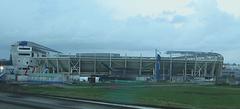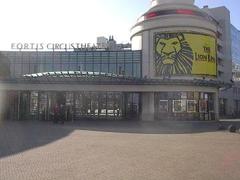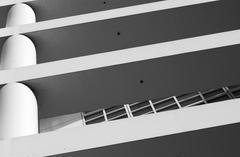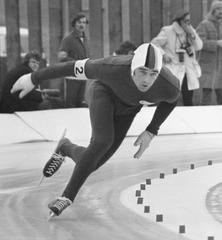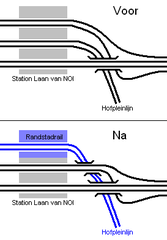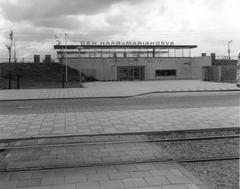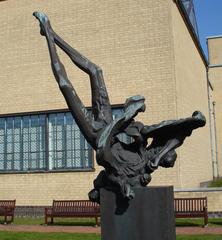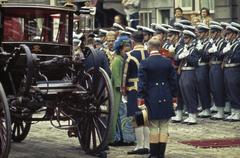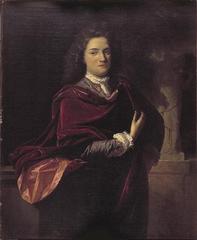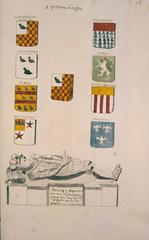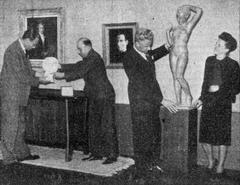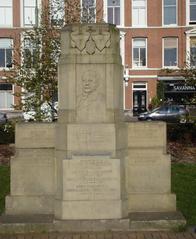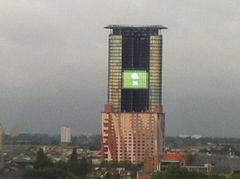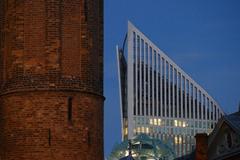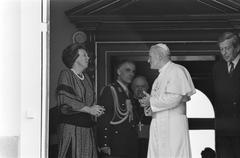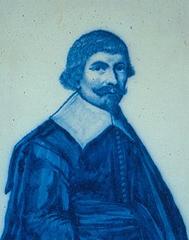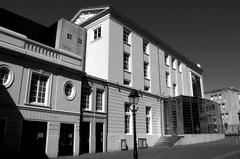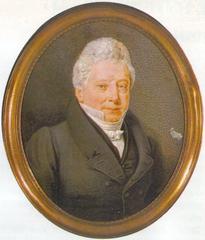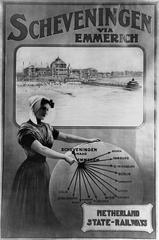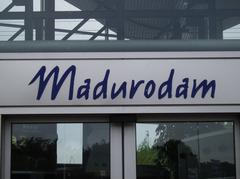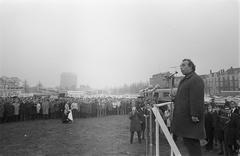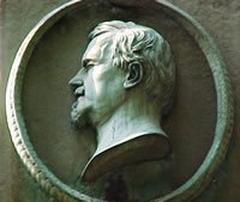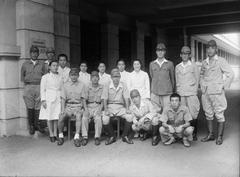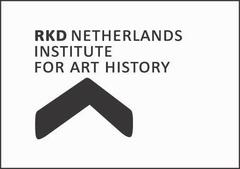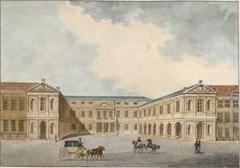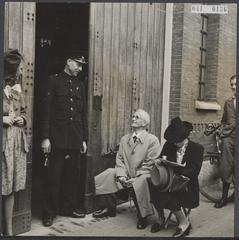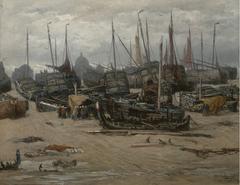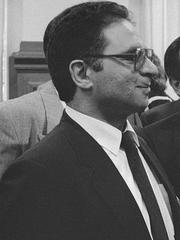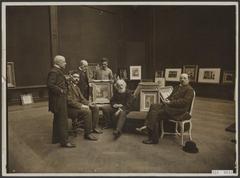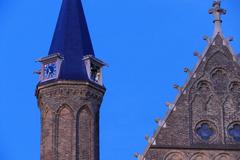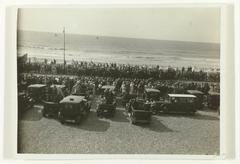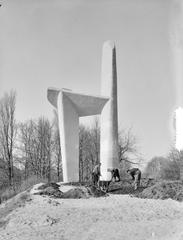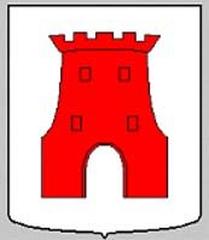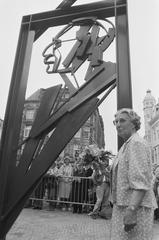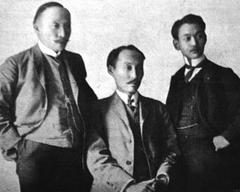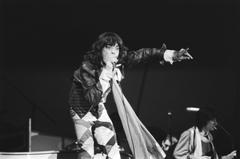
Binnenhof The Hague: Visiting Hours, Tickets, and Historical Significance
Date: 03/07/2025
Introduction
The Binnenhof in The Hague stands as the historic and political heart of the Netherlands. Dating back to the 13th century, this remarkable complex is among the world’s oldest active centers of government, serving as the seat of the Dutch Parliament (States General) and the Prime Minister’s office. Its blend of Gothic, Renaissance, and neoclassical architecture, along with its picturesque location beside the Hofvijver pond, makes the Binnenhof a compelling destination for anyone interested in Dutch history, democracy, or architectural heritage.
This guide provides a comprehensive overview of the Binnenhof’s history, its political and cultural significance, practical visitor information, and tips for making the most of your visit. All information is sourced from authoritative references to ensure accuracy and reliability (NL Times, World City Trail, ProDemos Visitor Centre).
Table of Contents
- Historical Overview
- Architectural Evolution and Styles
- Cultural and Political Significance
- Notable Features
- Visitor Information
- Travel Tips and Unique Experiences
- Nearby Attractions
- Renovations and Recent Discoveries
- Frequently Asked Questions (FAQ)
- Summary and Recommendations
- References
Historical Overview
Origins and Early Development
The Binnenhof’s roots stretch to the 13th century, when it began as a hunting lodge commissioned by Count Floris IV of Holland. His son, Count Willem II, expanded the site with defensive structures and gatehouses, strategically positioning it beside the Hofvijver pond. Recent renovations have uncovered 13th-century foundations and architectural remnants, further highlighting the site’s deep historical significance (NL Times, World City Trail).
Architectural Evolution
The Binnenhof showcases centuries of architectural evolution, with its dominant Gothic features complemented by Renaissance façades and neoclassical details. The Ridderzaal (Knight’s Hall) stands out as the complex’s centerpiece, with a striking timber roof and grand stained-glass windows. Over time, the site expanded to accommodate its evolving political functions, including the addition of the Prime Minister’s office in the “Torentje” (World City Trail, Holidify).
Political Significance
From a medieval residence for the Counts of Holland, the Binnenhof evolved into the seat of the Dutch States General and remains the center of Dutch parliamentary democracy. The Ridderzaal hosts Prinsjesdag, the annual State Opening of Parliament, where the monarch delivers the Throne Speech. Today, both chambers of parliament—the Eerste Kamer and Tweede Kamer—meet within the complex (Den Haag, World City Trail).
Architectural Evolution and Styles
Medieval Origins and Gothic Grandeur
The earliest buildings, including the Ridderzaal, exemplify Dutch Gothic architecture with pointed arches, ribbed vaults, and intricate stained glass. The Ridderzaal’s timber roof is among the largest of its kind in Europe, restored in the 19th century under the supervision of Chief Government Architect C.H. Peters (aroundtheworld4u.com, hellotravel.com).
Renaissance and Neoclassical Additions
During the 16th and 17th centuries, the Binnenhof expanded to include Renaissance and neoclassical features, with ornate gables and decorative stonework enhancing the original Gothic structures (aroundtheworld4u.com).
Restoration and Preservation
By the 19th century, the site required restoration. Renovations led by C.H. Peters preserved key elements such as the Ridderzaal roof and introduced landmarks like the neo-Gothic fountain with the statue of William II, designed by P.J.H. Cuypers (hellotravel.com).
Courtyards and Urban Integration
The Binnenhof’s open courtyards serve both ceremonial and public functions, framed by a harmonious blend of historic and modern buildings. The Hofvijver pond adds a tranquil backdrop, making the site a favorite for both visitors and photographers (aroundtheworld4u.com).
Cultural and Political Significance
The Binnenhof stands as a living symbol of Dutch democracy and national identity. It has witnessed pivotal moments in the nation’s history, including the birth of the Dutch Republic and the evolution to a modern constitutional monarchy. Its public spaces continue to host civic events, guided tours, and national celebrations such as Prinsjesdag (aroundtheworld4u.com).
Surrounded by renowned museums like the Mauritshuis and Escher in the Palace, the Binnenhof forms the centerpiece of The Hague’s cultural corridor (touristplaces.guide).
Notable Features
Ridderzaal (Knight’s Hall)
The ceremonial heart of the Binnenhof, the Ridderzaal, impresses with its soaring timber roof, stained-glass windows, and heraldic displays. It is here that the King’s Speech is delivered each year on Prinsjesdag (aroundtheworld4u.com).
Fountain and Statue of William II
The neo-Gothic fountain in front of the Ridderzaal, crowned with a gilded statue of William II, serves as both a historic monument and a popular meeting point for visitors (hellotravel.com).
Binnenhof Viewing Tower
A modern addition, the 28-meter-high Viewing Tower offers panoramic vistas of The Hague and the Binnenhof complex, providing a unique perspective on the juxtaposition of historic and contemporary architecture (denhaag.com).
Visitor Information
Visiting Hours
- Courtyards: Open daily, typically from 9:00 AM to 6:00 PM.
- Ridderzaal and Parliamentary Buildings: Accessible via guided tours, generally Tuesday to Saturday. Hours may vary on public holidays or during special events—check the official website for updates.
Tickets and Entry
- Courtyards: Free entry.
- Guided Tours (Ridderzaal, Senate, and House of Representatives): Tickets range from €10–€15 for adults, with discounts for children and seniors. Bookings can be made online or at The Hague’s tourist offices. Advance booking is recommended during peak seasons (ProDemos Visitor Centre).
Accessibility
The Binnenhof is largely accessible for visitors with mobility challenges. The courtyards are wheelchair-friendly, and guided tours can accommodate special needs upon request. Some historic interiors may have limited access due to preservation constraints; it’s best to contact the visitor center ahead of time for specific arrangements.
Guided Tours and Special Events
Expert-led tours are available in Dutch and English, offering a deeper dive into the history, architecture, and political life of the Binnenhof. The ProDemos Visitor Centre organizes regular tours, including special events on days like Prinsjesdag (ProDemos Visitor Centre).
Travel Tips and Unique Experiences
- Best Time to Visit: Early mornings and late afternoons for fewer crowds and softer lighting.
- Photography: Capture the Ridderzaal reflected in the Hofvijver, or the lively courtyards against historic facades.
- Special Events: Prinsjesdag (third Tuesday of September) offers a unique cultural experience, though it can be crowded.
- Nearby Dining: Plein Square and Lange Voorhout offer a variety of cafes and restaurants.
Nearby Attractions
- Mauritshuis Museum: Located next door, home to Vermeer’s Girl with a Pearl Earring.
- Escher in the Palace: Celebrates the famous graphic artist M.C. Escher.
- Peace Palace: International symbol of justice, just a short walk away.
These landmarks make The Hague’s city center a vibrant destination for art, history, and culture.
Renovations and Recent Discoveries
The Binnenhof is currently undergoing major renovations, scheduled for completion by 2026. While some areas are inaccessible, the courtyards and Viewing Tower remain open. Archaeological work has revealed foundations and artifacts from the 13th century, now displayed at the renovation information center (NL Times, denhaag.com).
Frequently Asked Questions (FAQ)
Q: What are the Binnenhof visiting hours?
A: The courtyards are generally open from 9:00 AM to 6:00 PM. Guided tours run Tuesday to Saturday; check the official website for current hours.
Q: Is entry to the Binnenhof free?
A: Access to the courtyards is free. Guided tours of interiors require tickets.
Q: Are guided tours available in English?
A: Yes, the ProDemos Visitor Centre offers tours in Dutch and English.
Q: Is the Binnenhof accessible for visitors with disabilities?
A: Most exterior areas are accessible, and guided tours can accommodate special needs on request.
Q: How can I reach the Binnenhof?
A: It’s a 10-minute walk from Den Haag Centraal station, with tram and bus stops nearby. Bicycle parking is available.
Summary and Recommendations
The Binnenhof is more than a historical complex—it is a living monument to Dutch democracy, culture, and architectural heritage. With its medieval origins, ongoing role as the seat of government, and proximity to world-class museums, it offers a rich experience for visitors. Keep in mind the ongoing renovations, check official resources for the latest updates, and book guided tours in advance for deeper insights.
To enhance your visit, consider downloading the Audiala app for audio guides and travel tips. Explore the neighboring Mauritshuis and Peace Palace to complete your journey through The Hague’s historic heart.
References
- Remains of 13th-century construction found during Binnenhof renovations, 2025, NL Times (NL Times)
- Binnenhof in The Hague, 2025, World City Trail (World City Trail)
- From Binnenhof to Hague: Its Architecture, 2025, Den Haag (Den Haag)
- Visiting the Binnenhof: History and Tours, 2025, ProDemos Visitor Centre (ProDemos Visitor Centre)
- Binnenhof The Hague: History and Architecture, 2025, Around the World 4 U (aroundtheworld4u.com)
- Binnenhof and Ridderzaal, 2025, Hello Travel (hellotravel.com)
- Inside the Historic Heart of Dutch Politics: The Binnenhof, 2025, In-Rewind (In-Rewind)





